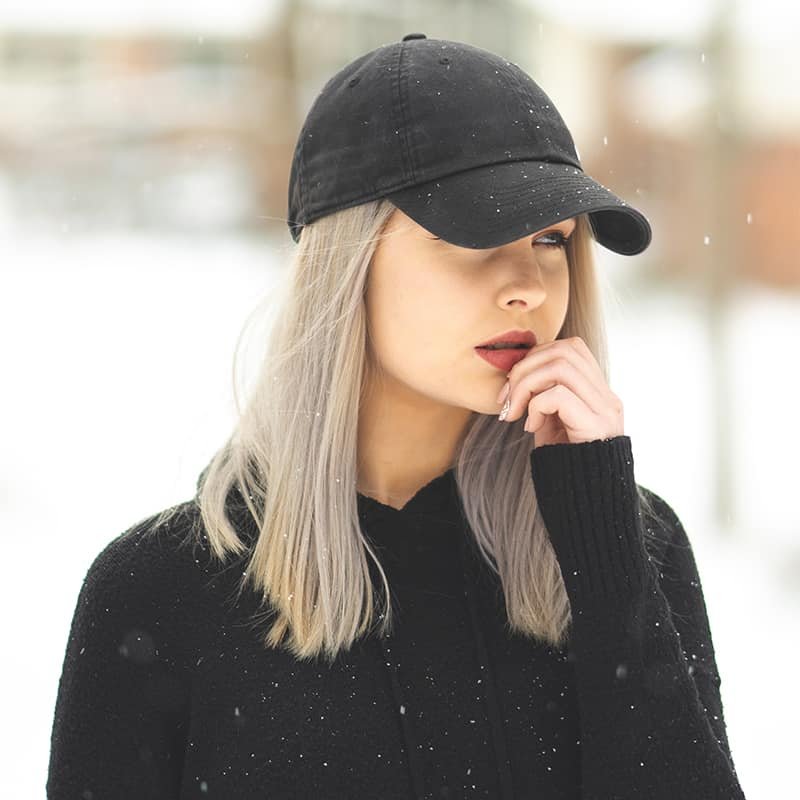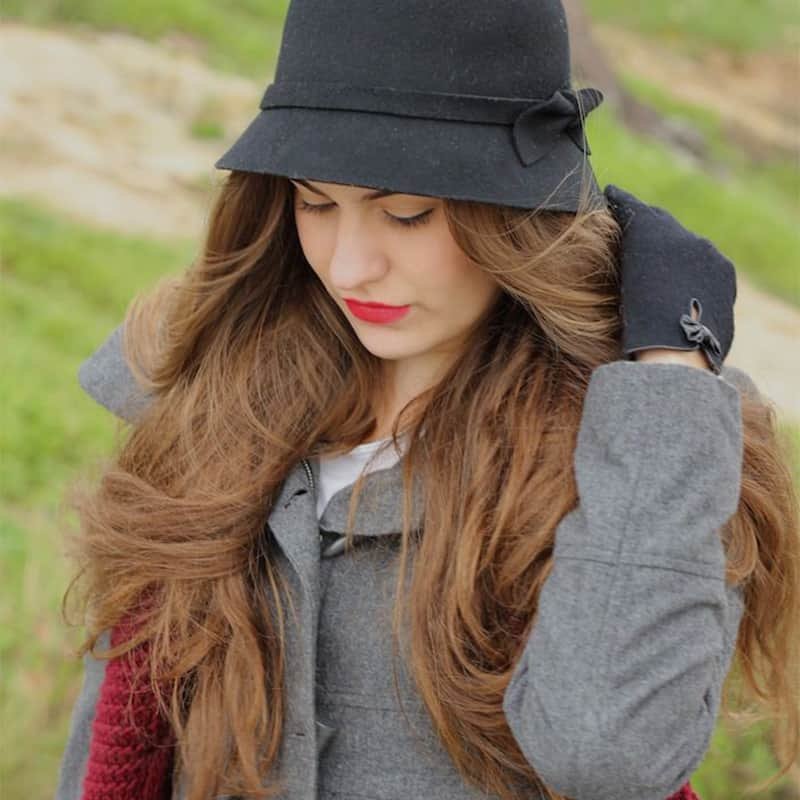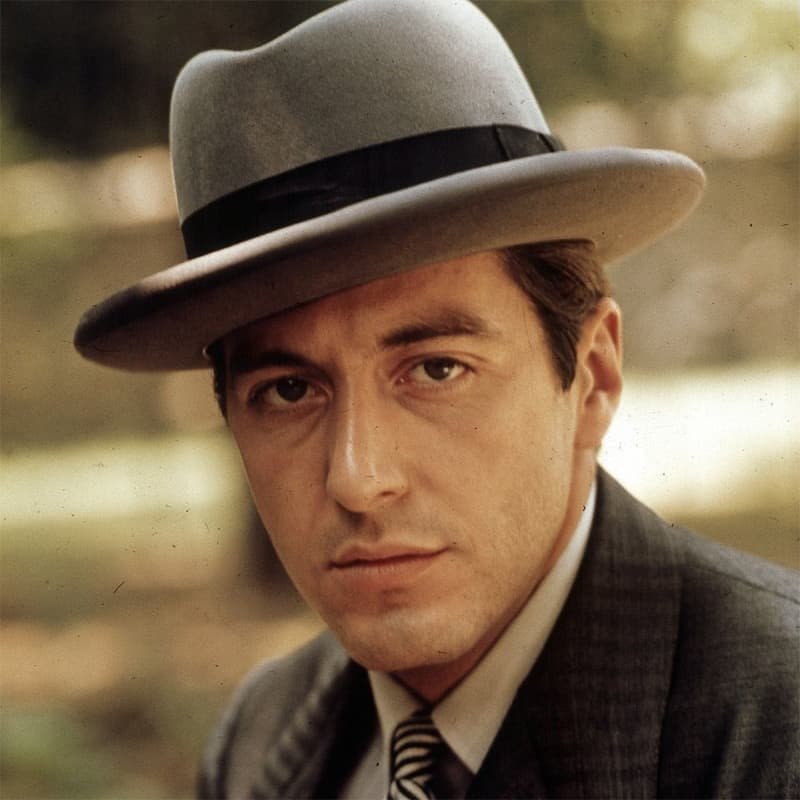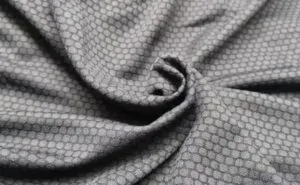
What is the meaning of hats?
Hats are a type of headwear that can serve a variety of purposes, including protection from the elements, fashion, and cultural or religious significance. The word “hat” can refer to a wide range of head coverings, including baseball caps, beanies, cowboy hats, fedoras, and many others.
In some cultures, hats are a traditional part of formal or ceremonial attire. For example, judges in many countries wear a specific type of hat called a “turban” as part of their judicial robes. In the Catholic Church, bishops and other clergy wear a “mitre” as part of their liturgical vestments. In the military, hats are often used to distinguish rank and can also be used to show membership in a particular unit or branch.
Hats can also be used for practical purposes, such as protecting the head from the sun or cold weather. Wide-brimmed hats, for example, can provide shade for the face and neck and can help prevent sunburn. Warm hats, such as beanies or toboggans, can help keep the head and ears warm in cold weather.
In the world of fashion, hats can be used to make a statement or add a finishing touch to an outfit. From berets and baseball caps to top hats and fascinators, there are countless styles of hats to choose from. Some people may wear a hat to complete a specific look or to add a touch of personality to their outfit, while others may wear a hat simply for the enjoyment of it.
Overall, the meaning of hats can vary greatly depending on the context in which they are worn. Whether they are used for practical purposes, cultural or religious traditions, or as a fashion accessory, hats continue to play an important role in many different societies around the world.

How many hat styles are there?
There are countless styles of hats that have been worn throughout history, and the number continues to grow as new trends and designs emerge. Here are just a few examples of the many different hat styles that exist:
Baseball cap

a casual hat with a rounded crown and a curved bill, often worn by sports fans and athletes.
Beret

a soft, round hat with a flat crown, traditionally worn by artists and intellectuals.
Boater

a stiff straw hat with a wide brim and a flat crown, traditionally worn by men for summer occasions.
Bowler

a hard felt hat with a round crown and a narrow brim, originally worn by English gentlemen in the 19th century.
Cap

a casual hat with a rounded crown and a short brim, often worn by children and teenagers.
Cloche hat

a close-fitting hat with a bell-shaped crown and a narrow brim, popularized in the 1920s.
Fedora

a soft felt hat with a creased crown and a wide brim, often worn by men for formal occasions.
Homburg

a formal hat with a stiff brim and a tall, creased crown, often worn by men in business settings.
Newsboy cap

a casual hat with a rounded crown and a short, flat brim, often worn by men and women.
Panama hat

a lightweight straw hat with a wide brim and a high crown, traditionally worn in tropical climates.
This is just a small sampling of the many hat styles that exist. Other examples include the beaver, the top hat, the trilby, the fedora, the pork pie, and the snapback, among many others.

What fabric is used for hats?
There are many different fabrics that can be used to make hats. Some common fabrics used for hats include:
Wool
Wool is a popular fabric for hats because it is warm and durable. It can be used to make a wide range of hats, including fedoras, berets, and ski hats.
Cotton
Cotton is a lightweight, breathable fabric that is often used to make summer hats, such as baseball caps and straw hats.
Polyester
Polyester is a synthetic fabric that is often used to make hats because it is easy to care for and durable. It is often used to make athletic hats, such as running hats and cycling caps.
Leather
Leather is a durable and stylish fabric that is often used to make high-end hats, such as fedoras and cowboy hats.
Felt
Felt is a fabric made from compressed wool fibers. It is a popular choice for hats because it is strong and water-resistant. It is often used to make fedoras, trilby hats, and beanies.
Silk
Silk is a luxurious and elegant fabric that is often used to make formal hats, such as top hats and bowler hats.
Linen
Linen is a lightweight and breathable fabric that is often used to make summer hats, such as panama hats and boater hats.
Acrylic
Acrylic is a synthetic fabric that is often used to make hats because it is soft, lightweight, and easy to care for. It is often used to make beanies and other casual hats.
Nylon
Nylon is a synthetic fabric that is often used to make hats because it is lightweight, breathable, and moisture-wicking. It is often used to make athletic hats, such as running hats and cycling caps.
Spandex
Spandex is a stretchy synthetic fabric that is often used to make hats because it is comfortable and provides a snug fit. It is often used to make athletic hats, such as running hats and cycling caps.

How do I find the right hat for my face shape?
To find a hat that is flattering for your face shape, you can follow these steps:
Determine your face shape
To do this, you can look at the overall shape of your face, as well as the width of your forehead, cheekbones, and jawline. Some common face shapes include oval, round, square, and heart-shaped.
Choose a hat that complements your face shape
Once you know your face shape, you can look for a hat that will help balance out your features. For example, if you have a round face, you might want to choose a hat with a more angular shape, such as a fedora or a pork pie hat. If you have a square face, a hat with a softer, more rounded shape, such as a beret or a cloche, might be more flattering.
Consider the size and proportion of the hat
It’s important to choose a hat that is proportional to your face and head size. If the hat is too small, it can make your head look too large. On the other hand, if the hat is too large, it can make your head look too small.
Try on different styles and see what looks best: The best way to find a hat that is flattering for your face shape is to try on a variety of styles and see what looks best on you. Don’t be afraid to experiment with different shapes, sizes, and styles to find the perfect hat for your face.
I hope this helps! Let me know if you have any other questions.







